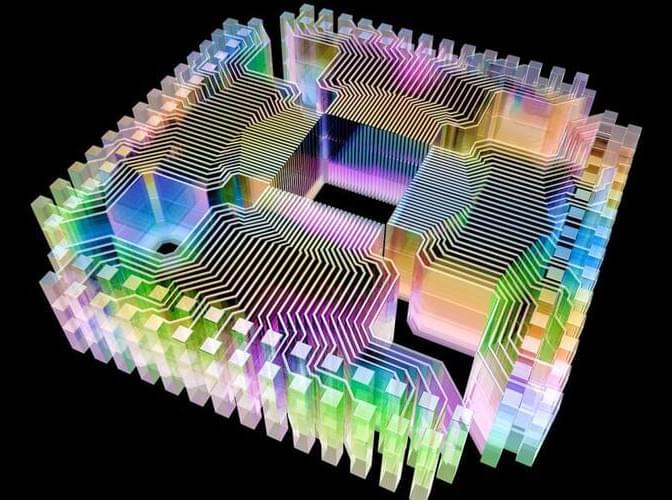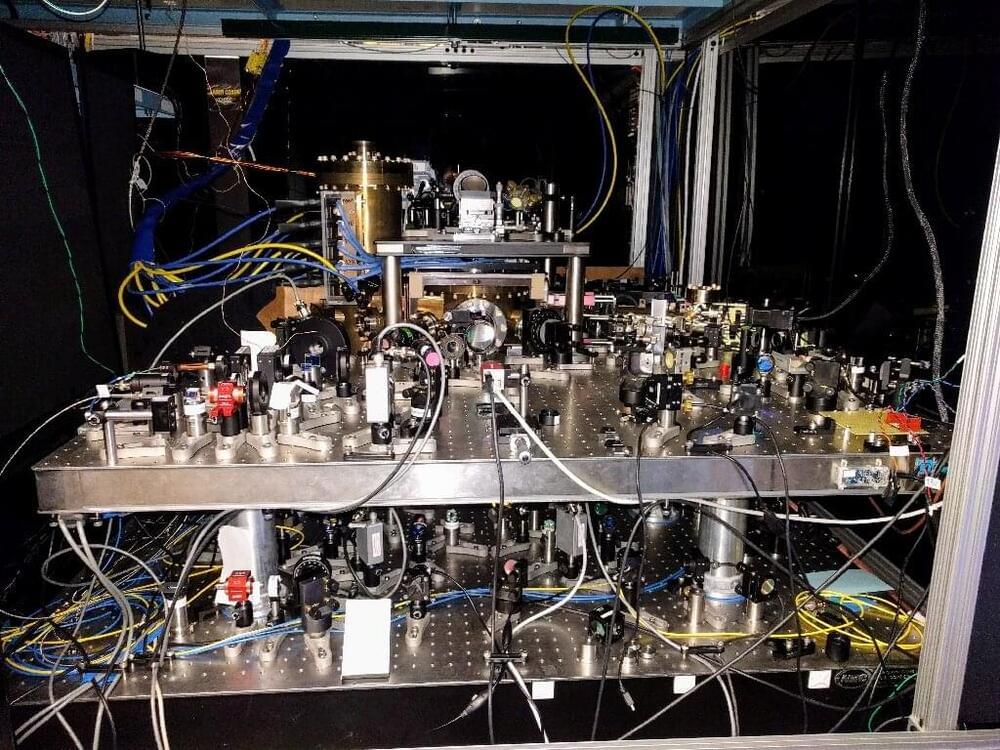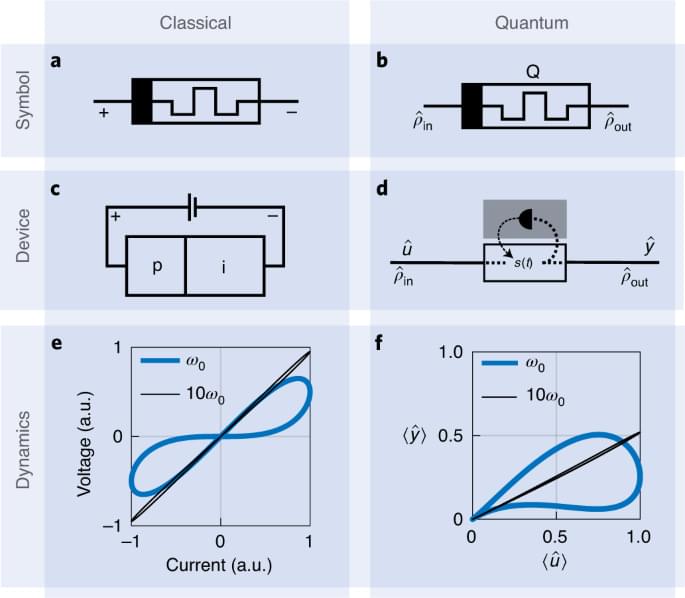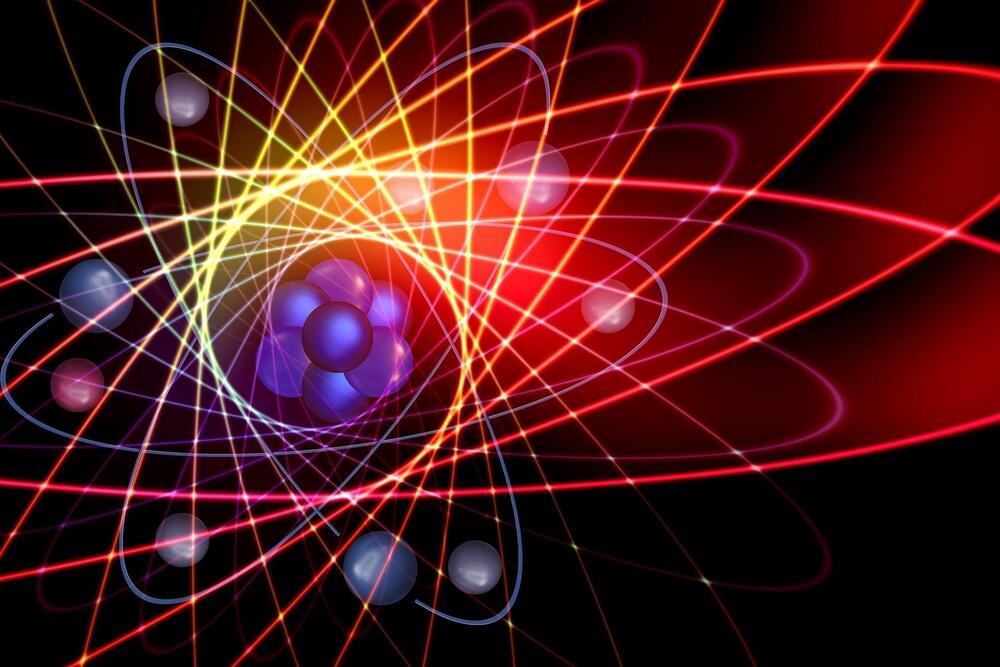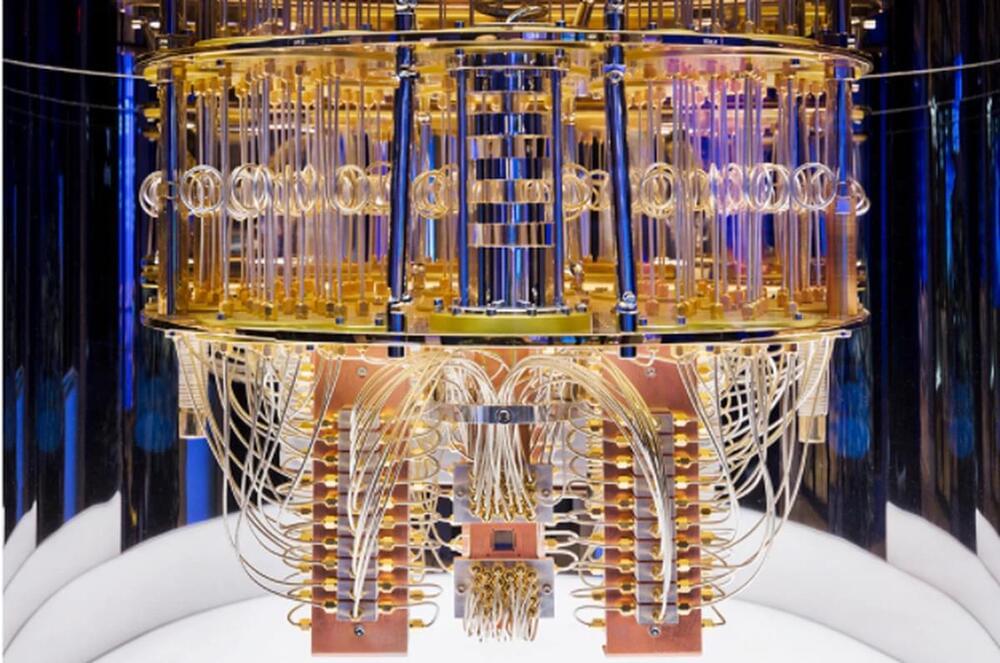Quantum computing startups are all the rage, but it’s unclear if they’ll be able to produce anything of use in the near future.
As a buzzword, quantum computing probably ranks only below AI in terms of hype. Large tech companies such as Alphabet, Amazon, and Microsoft now have substantial research and development efforts in quantum computing. A host of startups have sprung up as well, some boasting staggering valuations. IonQ, for example, was valued at $2 billion when it went public in October through a special-purpose acquisition company. Much of this commercial activity has happened with baffling speed over the past three years.
I am as pro-quantum-computing as one can be: I’ve published more than 100 technical papers on the subject, and many of my PhD students and postdoctoral fellows are now well-known quantum computing practitioners all over the world. But I’m disturbed by some of the quantum computing hype I see these days, particularly when it comes to claims about how it will be commercialized.
